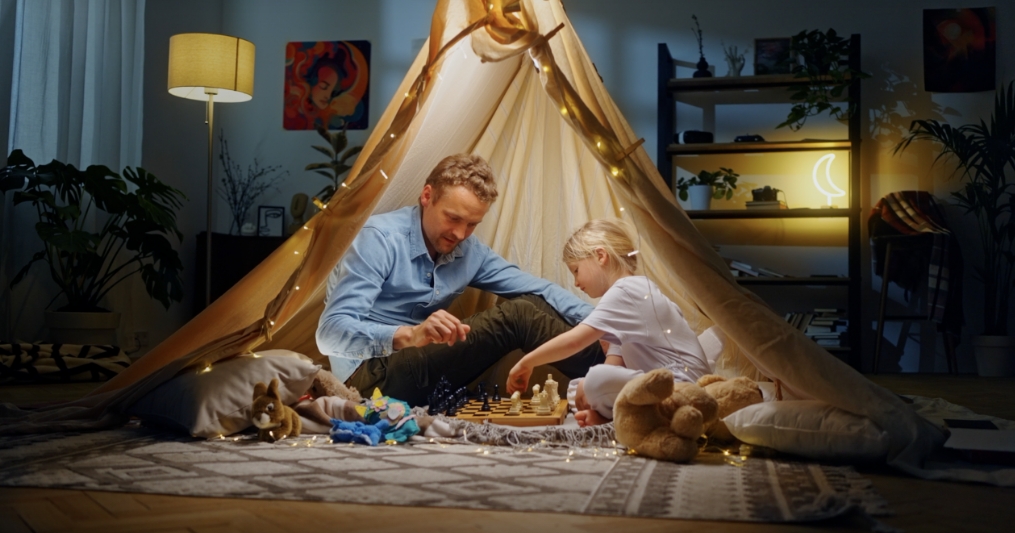Under the Aegis: How A Child Gets To Know If They've Been Appointed A Guardian Ad Litem
Discover how Guardians ad Litem like Claire Quinn and Val Kerr set out on their journey of supporting children in court proceedings.
Who appoints a Guardian Ad Litem? We might previously have covered what the core pillars are for Guardians ad Litem with TIGALA and introduced a handful of TIGALA Guardians like Dr. Niall Reynolds, Karen Rogers and Elaine Finneran, but we haven't yet touched on this very simple question. Let's look at this process in more detail now.
When a child is appointed a Guardian ad Litem in court, it’s the judge who makes the appointment. Following this, the involved parties, such as Tusla, will notify the Guardian ad Litem of their new role. Typically, the social worker will inform the child through their foster carer about the appointment.
Val Kerr explains that then, "Your Guardian ad Litem will ring and organise to come and meet with you, introduce themselves, and let you know what their job is."
Tailored Explanation
Depending on the child’s age, the Guardian will tailor their explanation to ensure the child understands the court system and the Guardian's role.
For very small children, you have to use artwork or play to explain what the role is.
Older children can grasp the court processes more easily, whereas younger children might require more creative approaches. "For very small children, you have to use artwork or play to explain what the role is," says Claire Quinn.
Beginning The Relationship
Of course, once the role has been explained and a rapport begins to be built between Guardian ad Litem and child, that's when the work really begins and a GAL can begin to carry out their dual role in earnest.
The dual role of a Guardian ad Litem is key in representing a child's wishes and feelings to the court and advocating for ensuring that their best interests are upheld. Guardians build relationships with children on a deep level, ensuring they feel comfortable enough to express their true wishes. This information is then translated to the court through reports and evidence provided by the Guardian.
In court, the judge takes the Guardian's report into account alongside the reports, evidence and additional testimony from other parties, weighing the child's wishes and feelings, particularly for older children. Additionally, Guardians provide their professional assessment of what they believe is in the best interests of the child.






